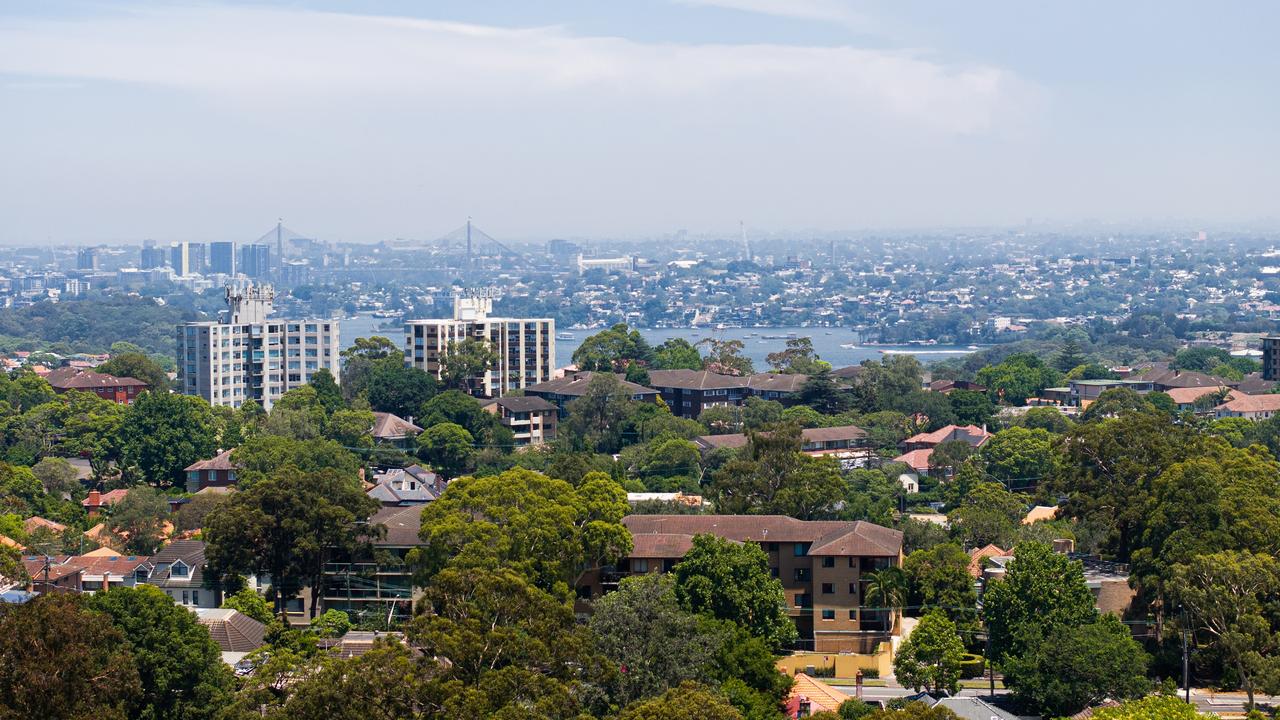New economic geography vital
WHEN I was an undergraduate studying economics, there were departments of economic geography and economic history, as well as economics.
WHEN I was an undergraduate studying economics, there were departments of economic geography and economic history, as well as economics.
Not long after I graduated, both economic geography and economic history were absorbed into economics. And over time, the staff members were replaced by scholars with no particular interest in geography or history.
But it seems economic geography is making something of a comeback, with the spatial aspects of economic activity increasingly seen as an important explanation of the growth paths of countries and regions within countries.
Within the framework of this new economic geography, a key question is: does distance matter? Clearly, this is an important question for Australia, with its relatively distant geographic location.
Indeed, according to the OECD, Australia's distance to markets reduced per capita income by 10.6 per cent relative to the average of all OECD countries over the period 2000 to 2004. And the gap between labour productivity levels that are apparent between Australia and the US would be nearly halved were it not for distance, according to the OECD estimates.
On the other hand, Australia's relative abundance of natural resources makes a positive contribution to per capita income. But the OECD puts this contribution at only 1.7 per cent above the average of all OECD countries.
The new economic geography emerged from extensions and refinements made to international trade theory. It is particularly associated with the name of Professor Paul Krugman. While increasingly seen as a partisan political commentator in the US, Krugman's earlier work on the link between geography and trade flows is still seen as seminal, leading to him being awarded the Nobel Prize in Economics.
By incorporating transport costs -- or more generally, "spatial transactions costs" -- into their models, international trade theorists began to recognise that distance matters a great deal. The trade possibilities between contiguous countries are very different from those between countries that are located far apart.
Building on this insight and recognising the economies of scale that arise from what is referred to as agglomeration -- sizable clusters of similar economic activities in the one location (cities) -- the specialisation of production in large markets becomes easier to understand.
That international trade now occurs at much finer levels of specialisation, and often within the same industry, are facts consistent with the theory of agglomeration.
These economies of scale are based on more than the declining unit costs of a factory, say, as output increases. Rather, the benefits of agglomeration include the greater flow of ideas, facilitated by face-to-face contact; high returns to innovation and R&D; dynamic and competitive supply chains; large customer markets; and "thick" labour markets. These backward and forward linkages contribute to high productivity growth.
Supporting the new economic geography are two facts: the observed convergence in the per capita incomes of a number of European countries associated with pan-European trade and the simultaneous wider regional disparity of economic outcomes within countries. The pattern of settlement within countries also appears to affect productivity.
Obviously, beyond a certain point, the benefits of agglomeration are offset by the costs of congestion and the like. But this finding of the new economic geography has important implications in the context of the current political scene in Australia. Promoting the regions, particularly where this is at odds with the natural pull towards larger cities and the attendant benefits of agglomeration, is likely to subtract from per capita income rather than add to it.
Has the impact of distance on productivity diminished over time? To answer this question within the framework of the new economic geography, it is necessary to ascertain how spatial transactions costs have changed over time.
There have been movements in both directions. The commonly held view is that transport costs have declined in real terms as a result of more efficient modes of transport. But as Joann Wilkie and Tony McDonald of the Australian Treasury point out, this perception is incorrect, which is important as exporting countries will generally need to absorb transport costs. Rising fuel costs and charges of accessing transport infrastructure have more than offset the gains of more efficient transport. On the other hand, international communications costs have fallen very significantly and the internet has given rise to trading possibilities that could not have even been envisaged a few years ago. And, of course, with cheaper and easier international communications, the mobility of ideas is promoted, as well as trade in services.
With the emergence of China and other countries in Asia as important and rapidly growing economies, the very measurement of average distance to markets is changing, including for Australia.
There is little doubt that this reconfiguration will benefit Australia, both in terms of distance to markets, but also in terms of time zones and doing business.
Arguably, the various free trade agreements that have been, or are in the process of being, negotiated have the potential to lower spatial transactions costs and promote trade between the partner countries.
In fact, the combination of various transforming features of the world economy has led some authors to argue that, far from distance continuing to matter, the world has become essentially flat -- a point made famous by Tom Friedman. Where production can be broken into more component parts and shifted at will around the globe, competitiveness rather than geography becomes crucial.
Krugman is of the view that the effect of the new economic geography has probably peaked and is "weakening in the 21st century. Distance matters a lot, though possibly less than it did before modern telecommunications. Borders also matter a lot, though possibly less than they did before free trade agreements."
So, the bottom line is that geography is important but does not necessarily confine a country to lower living standards. Indeed, a number of European countries appear largely to waste their geographic advantage by pursuing poor public policies that retard the growth of productivity.
For Australia, the challenge is to ensure that policy settings are optimised to reduce spatial transactions costs where possible and to implement measures that are conducive to productivity growth, including in the areas of taxation, regulation, competition policy and flexible product and labour markets. And by reducing congestion costs and investing in urban infrastructure, larger Australian cities may also play a role in meeting this challenge.
Professor Judith Sloan is an economist and company director



